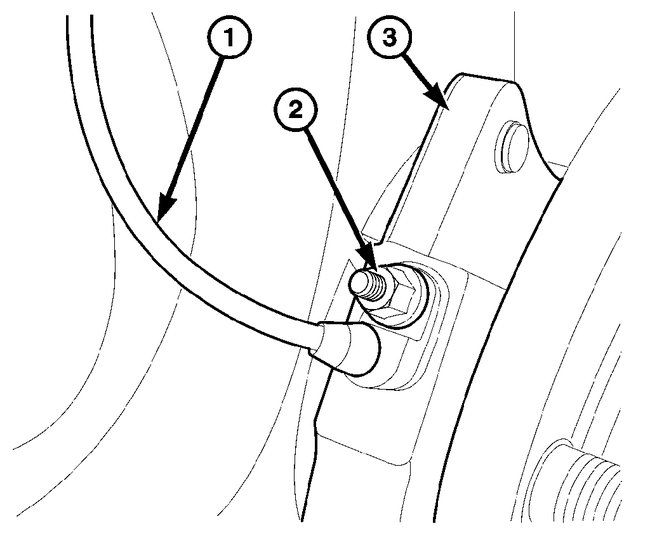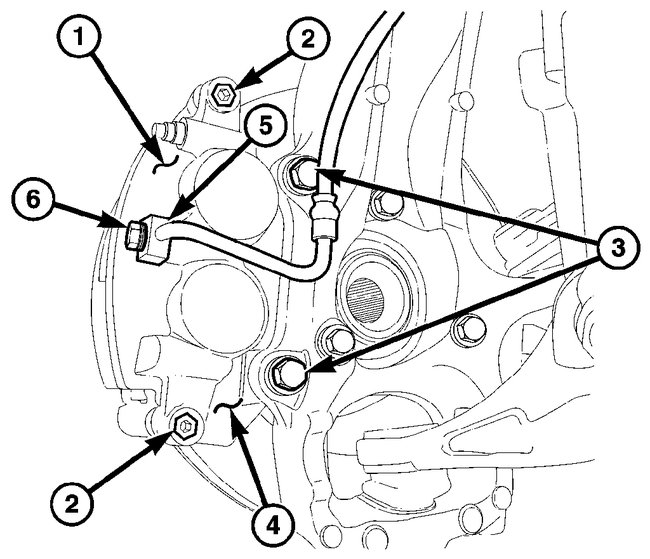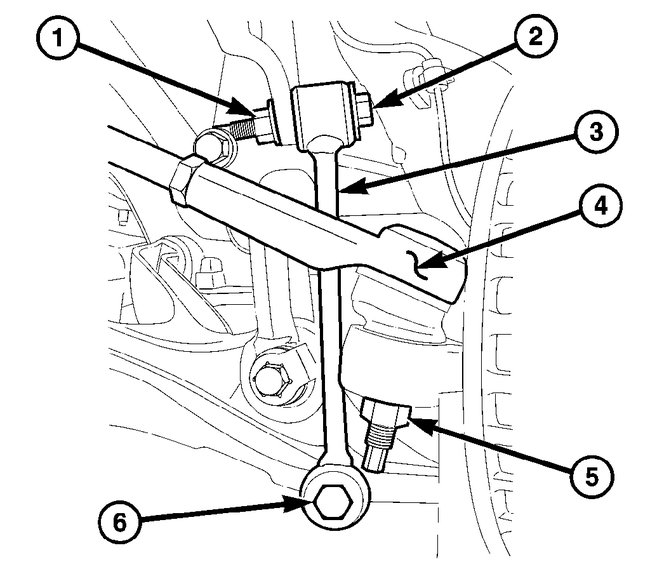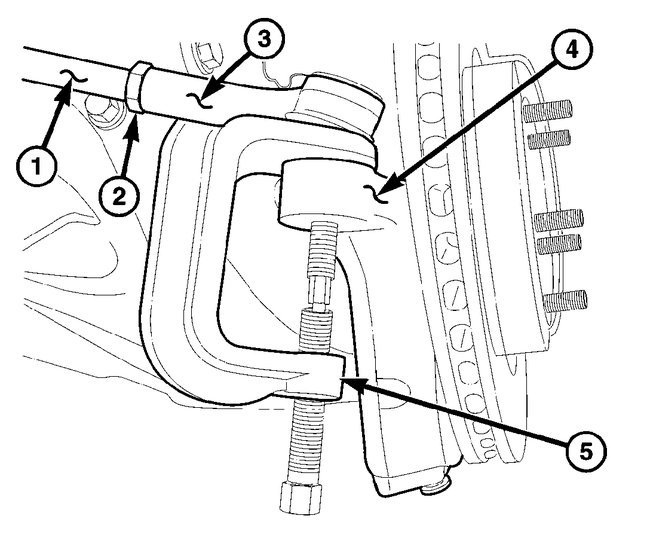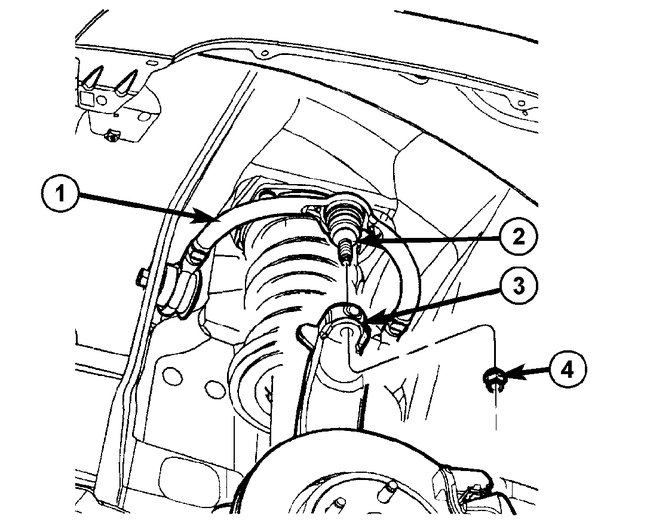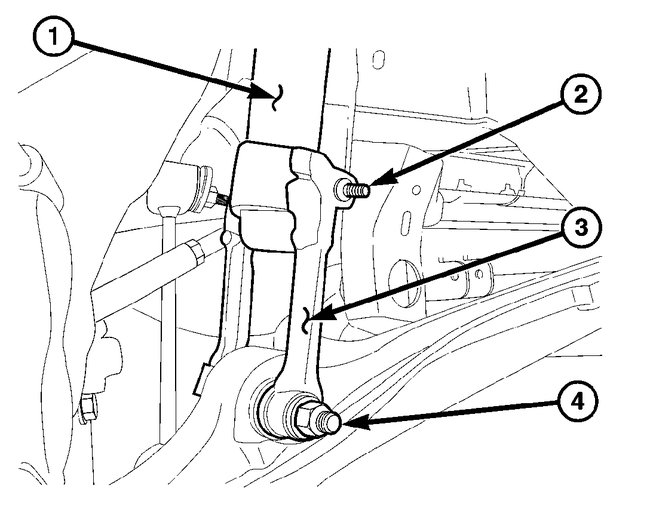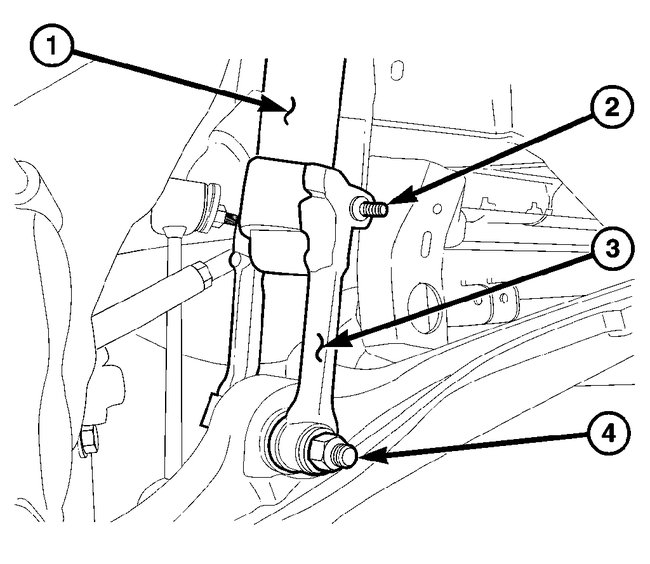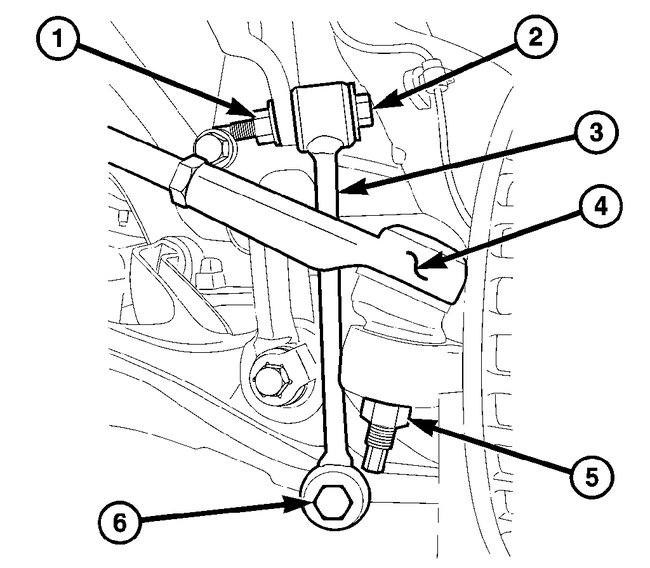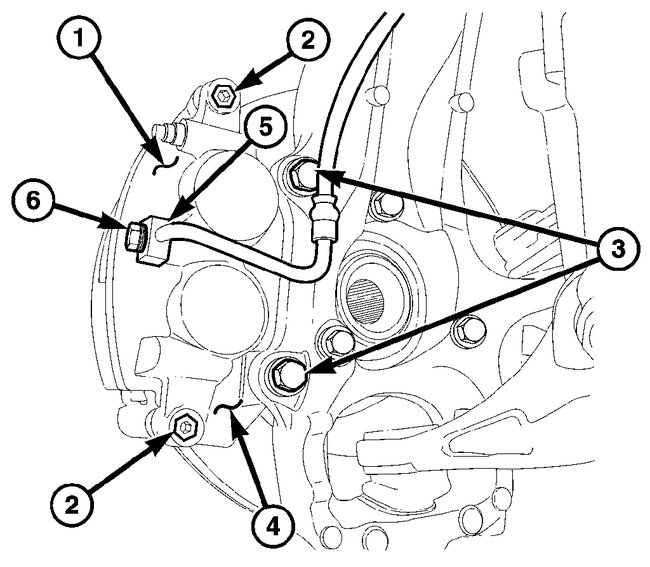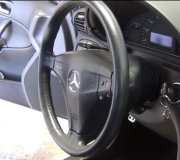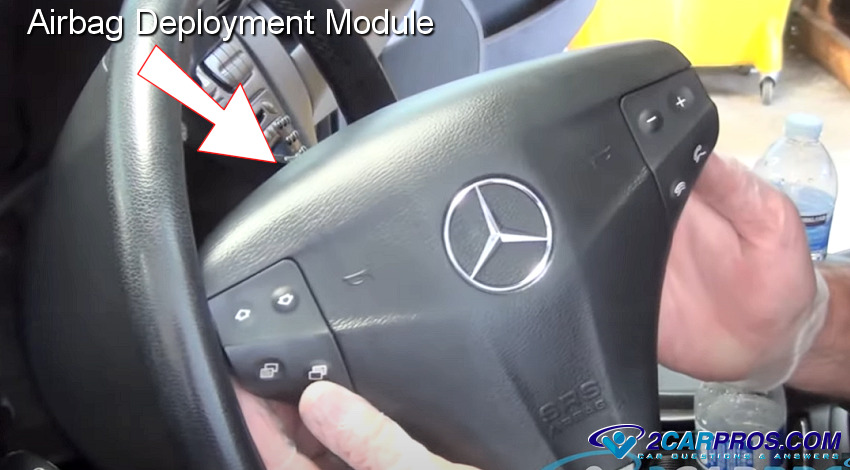Hi and thanks for using 2CarPros.com.
That is a difficult question to answer because I do not know how bad the joint actually is. If it is bad enough, it can break.
To help confirm that it is the joint, take a look through this link. It discusses common symptoms to look for.
https://www.2carpros.com/articles/symptoms-of-a-bad-cv-axle-joint
Here are the symptom definitions from Alldata:
HALF SHAFT
Check inboard and outboard CV joint for leaking grease. This is a sign of boot or boot clamp damage.
NOISE/VIBRATION IN TURNS
A clicking noise or vibration in turns could be caused by a damaged outer CV or inner tripod joint seal boot or seal boot clamps. This will result in the loss/contamination of the joint grease, resulting in inadequate lubrication of the joint. Noise could also be caused by another component of the vehicle coming in contact with the half shafts.
CLUNKING NOISE DURING ACCELERATION
This noise may be a damaged or worn CV joint. A torn boot or loose/missing clamp on the inner/outer joint which has allowed the grease to be lost will damage the CV joint.
SHUDDER/VIBRATION DURING ACCELERATION
This could be a worn/damaged inner tripod joint or a sticking tripod joint. Improper wheel alignment may also cause a shudder or vibration.
VIBRATION AT HIGHWAY SPEEDS
This problem could be a result of out of balance front tires or tire/wheel runout. Foreign material (mud, etc.) packed on the backside of the wheel(s) will also cause a vibration.
___________________
If you confirm that it is the problem, here are the directions specific to your vehicle for replacement. All attached pictures correlate with these directions.
HALF SHAFT
REMOVAL
1. With vehicle in neutral, position vehicle on hoist.
2. Remove half shaft hub/bearing nut.
3. Remove wheel speed sensor (1) from hub/bearing (3).
4. Remove brake calipers bolts (2) and remove calipers (1) from caliper adapters (4).
5. Remove lower stabilizer link (3) bolt (6) from control arm.
6. Remove outer tie rod end nuts and separate tie rods (3) from knuckles (4) with Remover 8677 (5).
7. Remove upper ball joint nuts (4) and separate ball joints (2) from knuckles (3) with Remover 8677.
8. Remove shock clevis (3) bolt and nut (4) from lower control arm
9. Lean the knuckle out and push half shaft out of the hub/bearing.
10. Pry half shafts from axle/axle tube with pry bar.
INSTALLATION
1. Install half shaft on the axle and through the hub/bearing. Verify half shaft has engaged.
2. Install shock clevis (3) on lower control arm and tighten nut to specifications.
3. Install upper control arm on knuckle and tighten ball joint nut to specifications.
4. Install tie rod end (4) on knuckle and tighten to specifications.
5. Install stabilizer link (3) on lower control arm and tighten to specifications.
6. Install caliper (1) on caliper adapter (3) and tighten to specifications.
7. Install wheel speed sensor (1) on the hub/bearing (3).
8. Install half shaft hub/bearing nut and tighten to 135 Nm (100 ft. lbs.).
__________________
I wish I could provide a definitive answer, but there is no way for me to know how bad the joint actually is. Regardless, I hope something here helps. Let me know if you have other questions.
Take care,
Joe
Images (Click to make bigger)
Friday, October 19th, 2018 AT 7:54 PM
